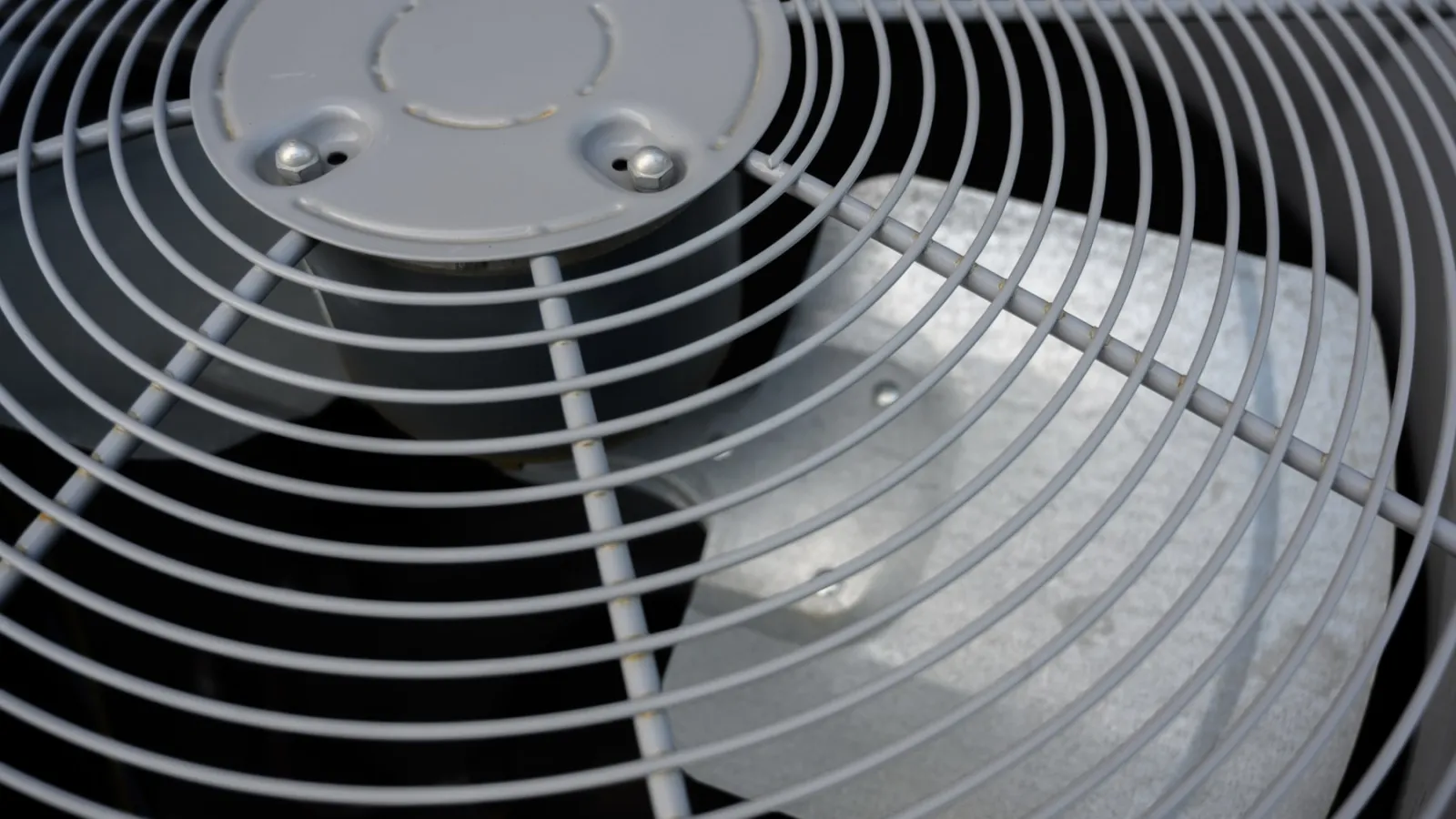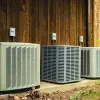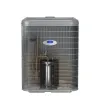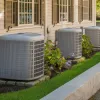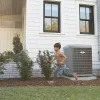Here in the land of ultra-hot summers, a working central AC unit is essential.
So when your central AC unit suddenly isn't cooling, you want to know why.
And let's hope it's something that can be fixed! The good news is that it often is.
Here's a step-by-step list of tasks you can complete before you call an HVAC company for air conditioner repair. You might be able to get your central AC unit cooling again on your own!
1. See if there's an easy fix
Believe it or not, a lot of air conditioner "problems" can be solved in a matter of seconds. And you don't need any special HVAC training to do it.
Here are some examples:
- If nothing displays on the thermostat, change the batteries.
- Check the indoor and outdoor disconnect switches. If they were somehow turned off, turn them back on.
- See if the circuit breaker for your AC unit is tripped. If it is, reset it.
- Is your air filter really dirty? Replace it! Or, if it's the washable kind, wash it and put it back in place.
Of course, you might have to call an HVAC company if the thermostat still won't work after replacing the batteries. Or if the disconnect switches are in the "on" position and the central AC unit still isn't cooling. But sometimes, it really is that easy to fix the problem.
A dirty air filter is an extremely common reason for underperforming air conditioning systems. In many cases, people will be confused because their AC is running but isn't lowering the temperature. If the system can't get enough return air because the filter is totally clogged, the AC will struggle to do its job!
2. Perform the "16 degrees" test
Turn on your AC and let it run for ten to fifteen minutes. While you're waiting, grab two thermometers.
Put one into a supply vent and another into the return vent. Wait for the temperatures to stabilize on each one.
Is the difference between the two temperatures anywhere from 16 to 20 degrees? If it is, there's probably nothing wrong with your air conditioner. You might just be uncomfortable because it's a particularly hot day or the AC isn't removing enough humidity.
But if the difference is less than 15 or 16 degrees-that is, the supply temperature is really close to the return temperature-you might have an issue that requires professional attention.
4. Check the outdoor unit
If your AC is on, the outdoor unit needs to be running
Also, when it's working properly, it will blow hot air out of the top.
If your AC is blowing air indoors but the outdoor unit isn't doing anything at all, that means something is wrong. You'll need to call an HVAC technician to repair the AC.
5. Check the line set
The line set is the copper tubing that runs between your central AC unit's indoor and outdoor coils. When the AC is running, the line set should be sweating. In other words, there will be condensation on the outside of the coils.
That's because the refrigerant inside the coils should be really cold. Since the outdoor air is hot and the refrigerant inside the line set is cold, condensation forms.
Your line set might be mostly covered in insulation, but you should be able to find an exposed section near the outdoor unit. Check to see if it's sweating. If it is, your AC is probably working fine.
If that's perplexing because you're still not comfortable, go check your air filter (see item #1 above). If it's relatively clean (or you know it's pretty new), you might just be experiencing high indoor humidity.
6. Is there condensate?
There should be!
When your air conditioner is cooling, it removes two things from your home: heat and humidity. The heat is removed via refrigerant. The humidity condenses on the air conditioner's evaporator coil and drains away from your home through a PVC drain line. The water that drains away is called condensate.
Go outside and look at the drain line. Is there a wet area underneath it? A little puddle, maybe?
If not, run your finger along the edge of the drain line. Is there any moisture? If there isn't, it might mean moisture isn't condensing on the evaporator coil. You'll need AC service.
7. Now go call your HVAC company
While some of the scenarios above are easy DIY fixes, others will require the tools and expertise of an HVAC professional.
An AC that doesn't produce condensate? A refrigerant line set that isn't cold and sweating? An AC blowing hot? These are signs of a refrigerant leak.
The solution for a refrigerant leak depends on the age of the air conditioner. If it uses R-410A or one of the newer refrigerants, adding refrigerant to the system might be the right move.
If the system is still under warranty and there's a refrigerant leak from the evaporator coil, you can usually replace the coil and be fine.
For older systems using the obsolete R-22 refrigerant, replacing the central AC system is almost always your best choice.
Conclusion: Lots of things can lead to a central AC unit not cooling
Sometimes, you can address the problem on your own. Other times, the system will require a more involved repair.
If your central AC unit is not cooling and you've run through all of the guidance in this article, PV Heating, Cooling & Plumbing can help! Our team serves all of Metro Atlanta, and provides timely, effective HVAC service for any problem with any type of system.
Call us today at (404) 798-9672 or schedule service online!
